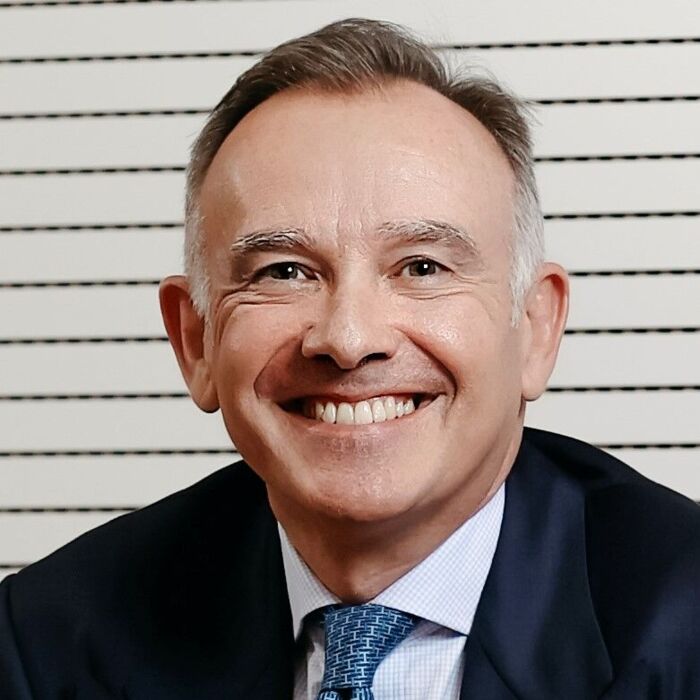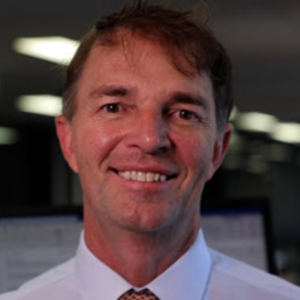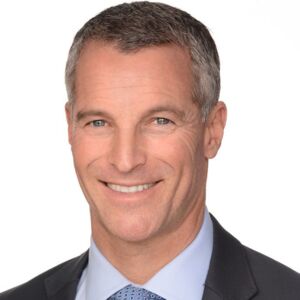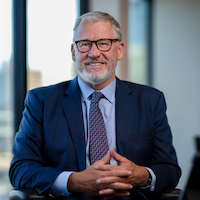$240 billion megafund eyes global deals
By Elizabeth Fry

Australian Retirement Trust is preparing to take a greater role on the world stage as its seven-year strategy sees assets jump to $500 billion.
Currently ranked 22nd globally, the $240 billion super fund's chief executive Bernard Reilly wants to see the fund climb a few more places.
Reilly believes that additional scale will improve ART's international standing and open up plentiful investment opportunities.
"We need to continue to grow to deliver the true benefits of size and scale. So growth is an important part of our agenda," he says.
"Greater scale allows us to benefit from economies of scale on administration cost and push for better deals from our partners, which, in turn, will lead to better outcomes for members."
Moreover, Reilly believes ART will have more opportunities to partner with global pension funds at $500 billion than $240 billion.
He cites ART's partnership with Macquarie and PGGM to buy an aircraft portfolio.
"This was a unique asset with diversification benefits across our portfolio, Reilly goes on to say, and as a $500 billion asset owner, we will have more opportunities to strike similar deals.
The ART chief executive noted that the super fund's current size and scale have brought investment opportunities that would not have been available to the QSuper and Sunsuper before they merged.
Such opportunities include VicRoads, Ausnet and partnering with institutional investment manager QIC on the proposed financing of new social and affordable housing supply in Queensland.
"As we continue to grow, we expect our scale will continue to give us access to attractive investment opportunities in Australia and globally," adds Reilly.
"When you're at that scale, versus what we look like today, it's not just accessing larger deal opportunities, but new and different investment opportunities, investment classes or sub-asset classes."
Pricing power is part of the benefits of being a big stakeholder. But for Reilly, size is critical because it enables funds to invest more broadly in the unlisted space.
Without size, Reilly says diversification is harder to do in a meaningful way.
ART has invested in a range of airports - Heathrow, Edinburgh, Bristol, Birmingham, Sydney and Brisbane - whereas Reilly argues that a smaller fund would not buy right across the sector.
"It wouldn't make economic sense for them to devote the time, effort, and energy to due diligence."
External teams versus internal teams
Reilly fully understands the challenges that proliferate when businesses grow rapidly - especially when they are on track to more than double in size.
"We don't want to be the biggest fund, we want to be the best," he states, adding that growth for growth's sake is not the focus.
"We believe scale will be a defining feature of the Australian superannuation landscape, and the benefits of the merger undertaken are clear and being realised."
One trap funds must to avoid is building up internal teams when they are unaligned with ART's overall portfolio strategy and culture.
Unlike some rivals, Reilly plans to mostly stick with external managers, noting that the internal team must be as good as or better than external managers.
Nevertheless, he believes in internalising investment management where it makes sense such as ART's capital markets team and investment strategy teams.
"We challenge the team to say, well, what would our competitive advantage be if we created an internal team when in some cases, we can use our size to extract better value from external managers?"
Learning what has worked for other global asset owners and what has not is valuable for the ART chief executive, especially on the insourcing question.
This view jibes with Frontier chief executive Andrew Polson who recently noted that the many offshore pension funds unwound internalised strategies that were not demonstrably best practice and not well aligned with their overall portfolio strategy and culture.
Importantly, Reilly warns that funds cannot ignore the clear principal agency issue.
"What if you develop a team in-house and their performance lags behind peers?"
The ART chief says the cultural piece is critically important since super funds hire talented people who can get paid more elsewhere.
When it comes to hiring staff, he argues that the purpose and the culture need to be the right fit for individuals.
Second, people want to develop their careers, so funds must offer them that opportunity.
Seconding investment professionals to investment managers is one such initiative for new learning opportunities that both helps staff and enhances ART's relationship with managers.
Reilly gives an example of an external manager who is an agriculture specialist - which is not a sector that ART's investment team has spent much time on.
Placing someone in their office for six months would help us get up to speed and make the right investment decision and the individual gains exposure to a new sector.
"These are the partnerships we are building with specialist managers since we are not competing against them directly in the market," he says.
As for swallowing up a swag of small corporate funds, that appear to do little to augment ART's status as the country's second-largest asset owner, Reilly points out, the mergers with Woolworths, Commonwealth Bank Group Super and AvSuper are important for national growth.
While ART has a young demographic, the fund's growth opportunity lies in more member diversity and geographical reach.
About 70 per cent of ART members are still in Queensland, so corporate deals like Alcoa and Australian Post increase its footprint in WA and NSW.
"We are seeking a multitude of industry exposures. I think the COVID period combined with the early release of super told you that having a narrow industry exposure wasn't necessarily great," he says.
"When you think of the $500 billion in assets and the $15 to 20 billion a year in positive cash flow and the fact that your average member won't retire for 20 years, it means you can invest in new areas."



